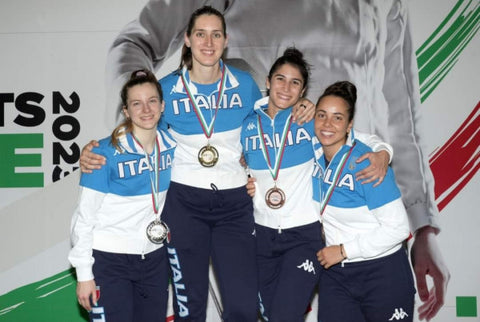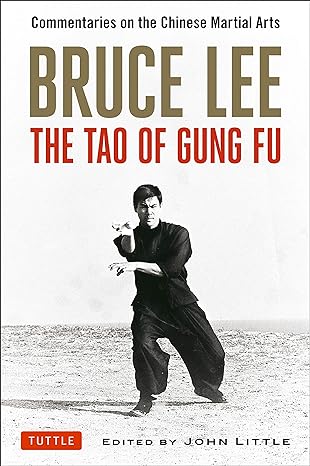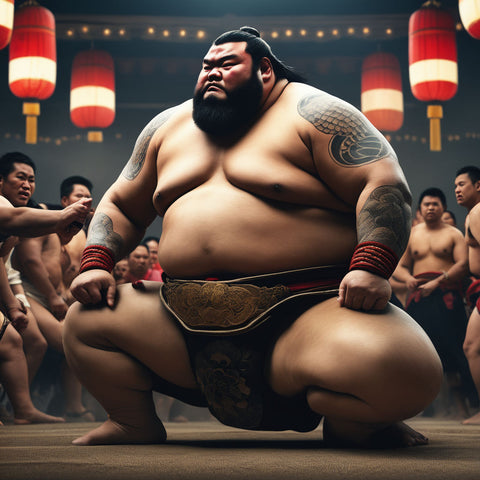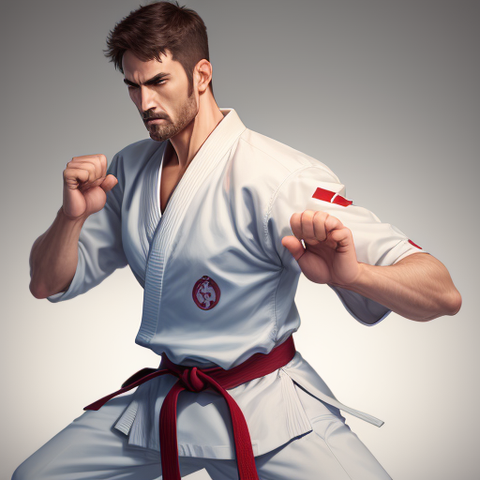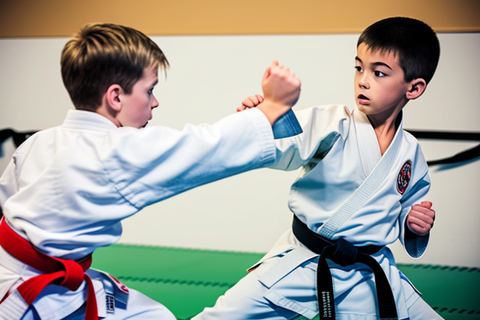Why UFC Fighters Aren't Always Bulging with Muscles

UFC champion Jon Jones who took inspiration from Bruce Lee said that visualised fighting as going from zero to 100 and striking like a cobra at an opening.
I remember watching a fight a few years back between two fighters in the middleweight division which emphasized the point. Alex was incredibly muscular and looked like a bodybuilder Joe had a leaner and less muscular physique.
The fight was a classic example of why UFC fighters don't always need to be extremely muscular.
- Alex came out strong, using his brute strength to overpower Joe. However, as the fight progressed, it became evident that Alex's muscles were slowing him down.
- Joe, with his leaner frame, had better endurance and agility. He started dodging Alex's powerful strikes and landed precise counterattacks.
- Eventually, Joe won the fight, proving that functional strength, technique, and cardio fitness often outweigh sheer muscle mass in MMA.
I spoke to Joe after the fight, and he explained that his training focused on explosive power, flexibility, and cardiovascular conditioning rather than bulking up. He also mentioned that carrying excessive muscle mass could hinder his movements and increase the risk of injuries. His success in the octagon was a testament to the importance of a well-rounded skill set and adaptability.
Therefore, why are UFC fighters not muscular? UFC fighters do not uniformly appear extremely muscular because skills matter over appearance, weight class regulations, the need for weight management, emphasis on functional strength, prioritizing injury prevention and flexibility, and the importance of skill and technique in MMA success.
UFC (Ultimate Fighting Championship) fighters vary in terms of their muscularity and body composition, just like athletes in any other sport. It's important to note that fighters in the UFC come from diverse backgrounds, weight classes, and training methods, which can result in different body types and levels of muscularity. Here are several reasons why UFC fighters may not always appear extremely muscular:
-
Skill Over Appearance: MMA experts emphasize that success in the octagon is primarily determined by a fighter's skill, technique, and mental toughness rather than their physical appearance. Some of the most successful fighters in UFC history, like Georges St-Pierre and Anderson Silva, weren't known for their extreme muscularity but for their unparalleled skills inside the octagon.
-
Weight Class Diversity: UFC fighters compete in various weight classes, from the strawweight division (115 lbs) to the heavyweight division (over 205 lbs). This diversity means that fighters of all body types, including those who are not extremely muscular, have a place in the sport.
-
Strategic Weight Cutting: Many UFC fighters cut weight before a fight to make weight for their division. This often involves losing excess water weight, which can give the illusion of being less muscular. They rehydrate and recover post-weigh-in, regaining their strength and energy for the actual fight.
-
Functional Strength: UFC fighters prioritize functional strength over pure muscle size. They train to be powerful and agile in a dynamic environment, which may not necessarily result in a bulky appearance.
-
Injury Prevention: Excessive muscle mass can increase the risk of injuries, particularly in sports where flexibility and mobility are crucial. UFC fighters often prioritize staying injury-free, which can mean maintaining a leaner physique.
While some UFC fighters are indeed muscular, it's not a universal characteristic, and their level of muscularity can vary widely based on their training methods, genetics, and weight class. Ultimately, what matters most in MMA is a combination of skill, conditioning, strategy, and mental toughness, rather than a particular body composition. We also uncovered the reasons why MMA fighters aren't always 'ripped'.
Sky Hoon. About
Martial Art Fan
He started his love on martial arts by watching MMA and Angela Lee. He then started this blog to learn more about the different martial arts.
Other Posts By Author


